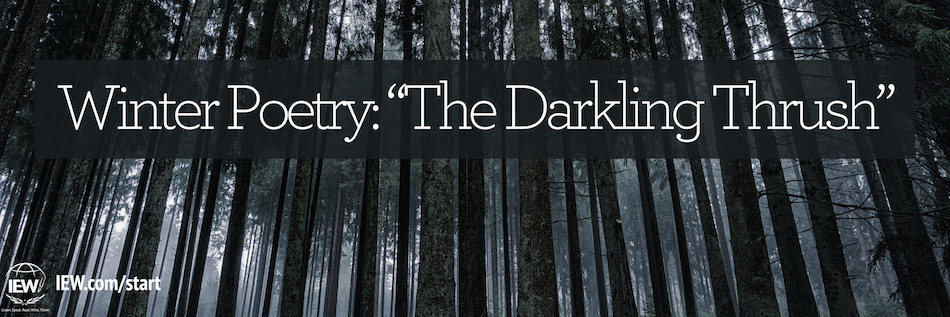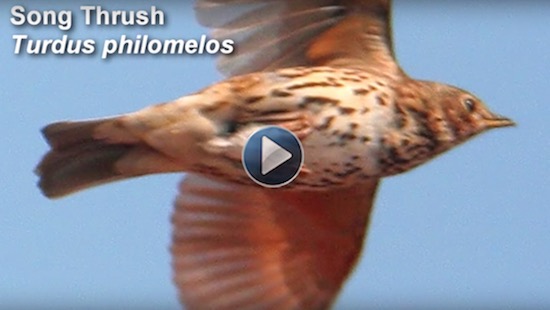
Thomas Hardy (1840–1928) is remembered today as being one of the most renowned British novelists of all time. His works continue to be read, enjoyed, and studied even today. Not only did he write novels; he is also famous for his exquisitely crafted poetry.
Composing his verse throughout not only the Victorian period, but also into the modern era, Hardy employed bleak imagery. Much of his work is imbued with pessimism. That is hardly surprising, given that he lived through many conflicts, including World War I. Throughout it all, though, he beautifully captures the imagery and sense of place, most notably Dorset County, England, where he was born and where he chose to situate most of his novels.
Enjoy reading “The Darkling Thrush” and see how Hardy expertly transports the reader to this bleak, pastoral setting.
The Darkling Thrush
By Thomas Hardy
I leant upon a coppice gate
When Frost was spectre-grey,
And Winter’s dregs made desolate
The weakening eye of day.
The tangled bine-stems scored the sky
Like strings of broken lyres,
And all mankind that haunted nigh
Had sought their household fires.
The land’s sharp features seemed to be
The Century’s corpse outleant,
His crypt the cloudy canopy,
The wind his death-lament.
The ancient pulse of germ and birth
Was shrunken hard and dry,
And every spirit upon earth
Seemed fervourless as I.
At once a voice arose among
The bleak twigs overhead
In a full-hearted evensong
Of joy illimited;
An aged thrush, frail, gaunt, and small,
In blast-beruffled plume,
Had chosen thus to fling his soul
Upon the growing gloom.
So little cause for carolings
Of such ecstatic sound
Was written on terrestrial things
Afar or nigh around,
That I could think there trembled through
His happy good-night air
Some blessed Hope, whereof he knew
And I was unaware.
Once you’ve read the poem, check out what Hardy’s thrush might have sounded like.
If you decide to share this poem with your students, discuss it with them. There are many words (spectre, canopy, germ, fervourless, etc.) that may be unfamiliar to them. See if they can come up with an adequate definition using context clues. Help them out if they need it. Next, ask the students if they notice any examples of alliteration (blast-beruffled, growing gloom, etc.). Can they identify any similes or metaphors, five-senses words, or particularly captivating imagery? Finally, how do they feel after reading the poem? Do they detect a change in mood? If so, where? Does the thrush’s song make them feel differently? If so, how?
We hope you enjoy this beautiful poem. With the cold weather still upon us, we thought it would be the perfect selection to spend some time contemplating! Would you like to enjoy more poetry with your students? Check out Linguistic Development through Poetry Memorization. It’s a wonderful course that immerses the student in rich, beautiful verse. We think you and your students will enjoy it!

